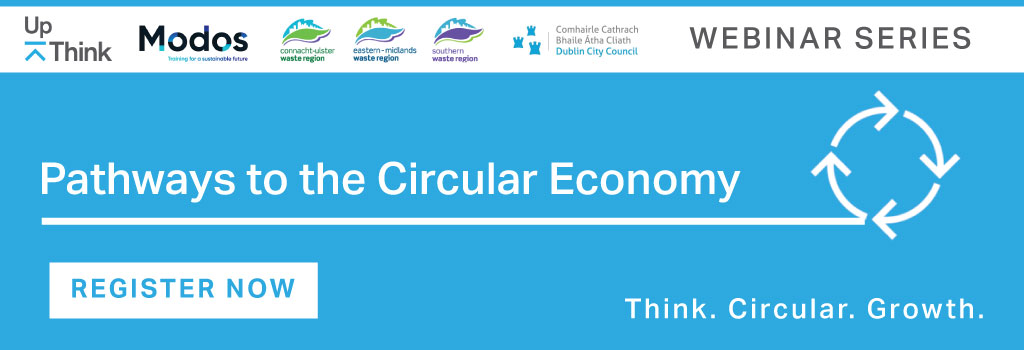Each year approximately 2 billion metric tons of solid waste is produced. At least one third of this waste is not managed in an environmentally safe manner with global waste production estimated to double over the next ten years. To put this into perspective, this is enough waste to fill over 13 million Olympic sized swimming pools.
Linear Economy: Take – Make – Waste
This is largely due to the unsustainability of the linear economy – ‘Take, Make and Waste’. Resources are extracted from the earth and then products are manufactured for consumption. What’s left behind accumulates in a landfill or is incinerated. The linear economy prioritises convenience over all else, adopting an “out of sight, out of mind” outlook, without considering the social and environmental cost of production.
Circular Economy: Restorative by Nature
The Circular Economy designs out waste and pollution, keeps products and materials in use and regenerates natural systems. The Circular Economy helps solve the economic, environmental and social challenges intrinsic within the traditional linear economy. Projected socio-economic and environmental impacts are motivating and impressive. According to the Ellen MacArthur Foundation, ‘for every dollar spent on food, society pays two dollars in health, environmental, and economic costs’ and half of these costs (a massive USD 5.7 trillion) are directly related to the way in which food is produced. The need for a transition from the linear economy to a circular model of production and consumption at government level and across all business levels is urgent.
Circular Bioeconomy: Renewable Biological Resources
The bioeconomy encompasses the production of renewable biological resources and the conversion of these resources and waste streams into value added products, such as food, feed, bio-based products and bioenergy.
The circular bioeconomy focuses on the sustainable, resource-efficient valorisation of biomass in integrated, multi-output production chains while also making use of residues that would otherwise be discarded as waste, and optimising the value of biomass over time via cascading.
The Circular Economy is not a new concept
While the idea of a circular economy has been about since the 1970’s, the concept did not receive widespread attention until recent years. This shift was ultimately driven by the realisation that if things did not change, Earth could not sustain its own population – predictions indicated we would need three planet’s worth of resources by 2050. Even with this positive trend indicating an increased public interest in circularity, despite experts estimating that 60% of Climate Change could be solved with a fully circular economy, the world is currently only 9% circular. Although aware of the negative impact of the linear economy, businesses still thrive with this production methodology due to the low cost of raw material created by the competition and fewer mandatory regulation and legal penalties. To address this, the EU is planning legislative changes to support the move to circular and regenerative models. These changes will have substantial impacts on Irish SME’s as the transition to circularity takes time, money and resources. However, there are many benefits and opportunities for SMEs to transition to circularity.
What are the opportunities and challenges in transitioning to a Circular Economy?
We are exploring this question in our upcoming Pathways to the Circular Economy webinar series in January and February 2021. Register here.
This blogpost was written by Rebecca Meagher as part of the UpThink Linear to Circular research team. If you have any questions please contact mary.cronin@upthink.works.
Categories:
Circular Economy
December 23, 2020

